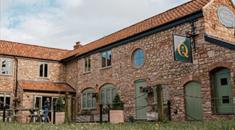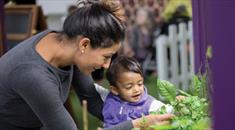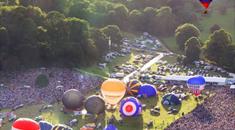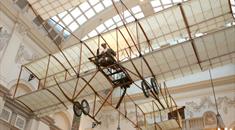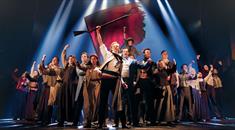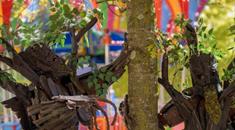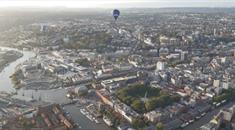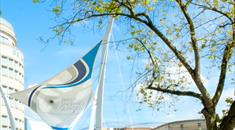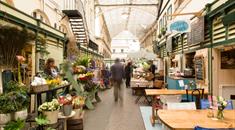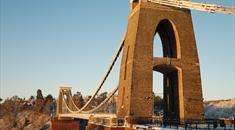Bristol Zoo Gardens is one of the best-known attractions in Bristol, somewhere virtually everyone in the city has visited. To mark its 185th anniversary this month, the Zoo’s team has penned this guest article for us, looking back at its past and forward to its future.
The day Bristol Zoo Gardens opened
Bristol Zoo Gardens welcomed its first visitors on 11 July 1836, just a year after Henry Riley, a local physician, helped form the Bristol, Clifton and West of England Zoological Society. Since that day it’s welcomed hundreds of thousands of visitors every year and, until the pandemic, was closed on just one day each year, Christmas Day.
Throughout its history the Zoo’s 12-acre site in the heart of Clifton has been home to literally thousands of animals, many of which have become firm favourites.
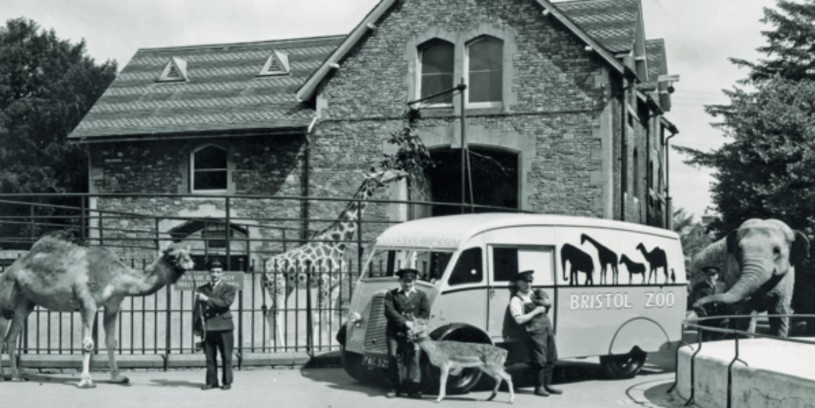
Image - Bristol Zoo Gardens
Famous animals at Bristol Zoo Gardens
In September 1930 a gorilla, who became one of the Zoo’s most famous animals, arrived. Alfred learned how to make snowballs and he was often led around the Zoo on a lead. Throughout the Second World War, Alfred grew in popularity as visiting troops wrote about him in letters sent home across the world.
Alfred died in March 1948 but his form was preserved and he can still be seen today in Bristol Museum. He was part of the inspiration for the Wow! Gorillas trail in 2011 when colourfully painted sculptures of gorillas were displayed across Bristol to celebrate Bristol Zoo Gardens’ 175th birthday.
Elephants too have a special place in the memories of many Bristol Zoo visitors. Rosie gave rides to people through the 1940s and 1950s. She died in 1961 and was then followed by Wendy and Christina, both of whom were very popular although the Zoo had stopped offering rides by then. Wendy, Bristol Zoo Gardens’ last elephant, died in 2002.
.jpg)
Image - Alfred the gorilla at Bristol Zoo Gardens
Johnny Morris and Animal Magic
In the 1960s and 1970s Bristol Zoo Gardens was regularly featured on the BBC TV children’s programme Animal Magic. Presenter Johnny Morris, dressed in a Bristol Zoo keeper’s uniform, was filmed helping to look after the animals but also imagining their conversations and speaking for them.
Zookeepers also took some animals, including orangutans, to the BBC studios in Whiteladies Road to be featured on the show. Animal Magic ended in 1984 but when Johnny visited the Zoo in the 1990s he was instantly recognised.
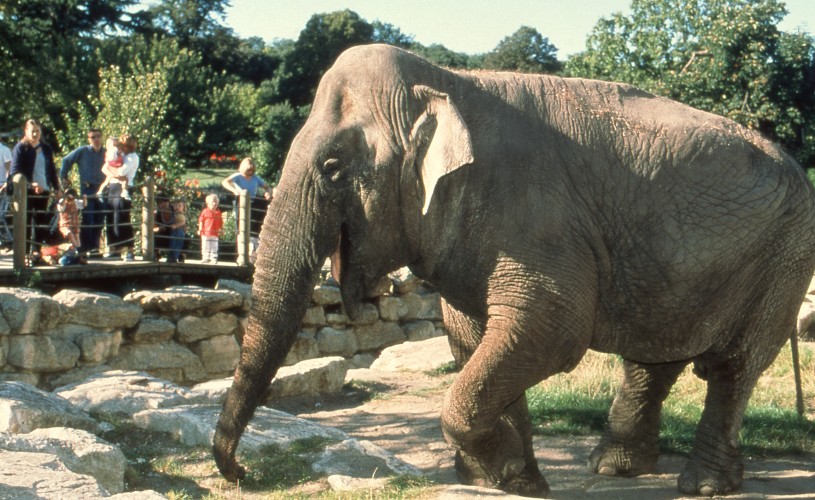
Image - Wendy the elephant at Bristol Zoo Gardens
More celebrities
Lots of celebrities have visited Bristol Zoo Gardens over the years. Monty Python’s John Cleese was a regular during his time as a pupil at neighbouring Clifton College. Naturalist and broadcaster Sir David Attenborough remembered Bristol Zoo Gardens and on its 175th anniversary commented on “lovely memories”. Broadcaster Carol Vorderman and Olympic swimmer Sharron Davies have also visited often.
Changes through the years
The Zoo today is very different from generations ago although the award-winning gardens have always been a focal point. A new lion house was opened in 1900 and the famous monkey temple in 1928. A few years later an aquarium was added.
The 1980s and 1990s saw the opening of new exhibits including the Reptile House, the Monkey House in 1983 and the re-designed Aquarium three years later. Twilight World was a further innovation, as the world’s first zoo-based nocturnal house, and as the century drew to a close, Seal and Penguin Coasts was opened. In 2013 the gorilla house underwent a £1m redevelopment with a glass ceiling allowing visitors to watch these animals walk above their heads.
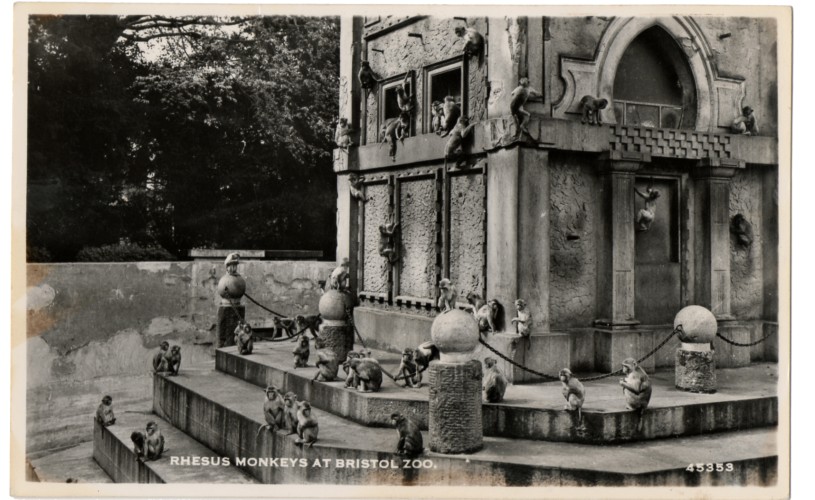
Image - The historic Monkey Temple at Bristol Zoo Gardens, now home to an exhibit on plants
Saving wildlife together
Today, zoos play a vital and active role in wildlife conservation around the world, working collaboratively on breeding programmes for some of the world’s rarest species, and working to protect threatened habitats and animals in the wild.
Bristol Zoo Gardens is at the heart of many breeding and conservation programmes to help save animals threatened with extinction. Some species, such as Socorro doves, are now extinct in the wild and are totally reliant on zoos to survive, which is why the success of captive breeding programmes is so important.
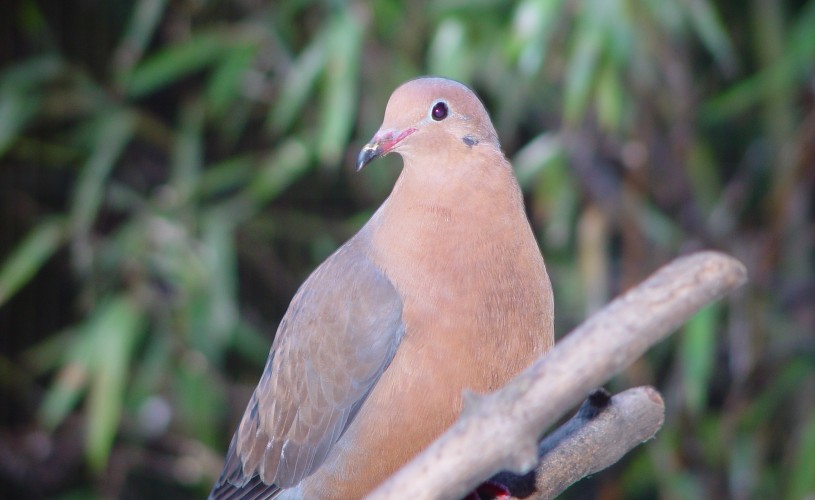
Image - An adult Socorro dove at Bristol Zoo Gardens
Another vital breeding programme is for western lowland gorillas whose numbers in the wild have fallen dramatically because of hunting and loss of habitat. They are now listed as Critically Endangered so Bristol Zoo Gardens’ family of eight is vitally important. They include two infant gorillas, Hasani and Juni, born last September and December.
Bristol Zoological Society is also involved in conservation work across four continents helping to save a wide range of animals – from lemurs in Madagascar and giraffes in Cameroon, to blue monitor lizards.
Breeding programmes are also going on at the Zoo to help preserve Desertas wolf spiders and lemur leaf frogs. The Society’s mission statement is ‘Saving Wildlife Together’.
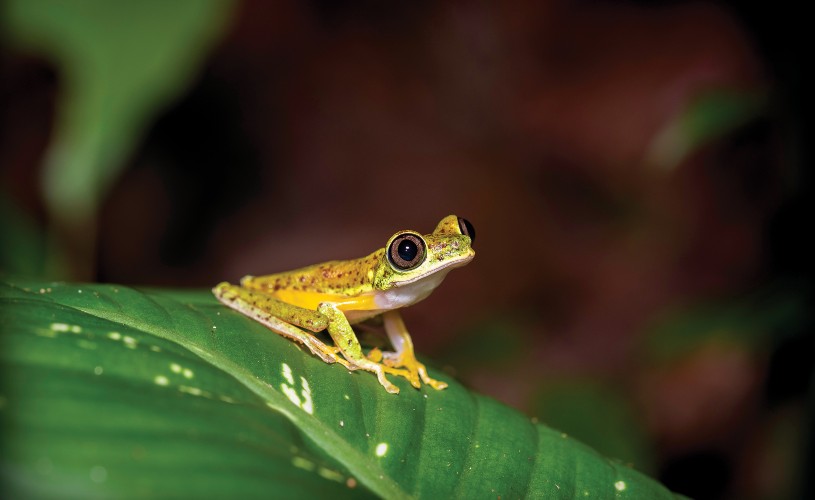
Image - Lemur leaf frog at Bristol Zoo Gardens, credit Adam Davis
The future of Bristol Zoo
Last November Bristol Zoological Society announced plans to move Bristol Zoo to its sister site at Wild Place Project on the northern edge of the city. Its new home will be much bigger, with significant growth in conservation and education work.
Bristol Zoo Gardens will remain open until late next year and the new Bristol Zoo will welcome its first visitors in 2024. Wild Place Project will remain open throughout. Dr Justin Morris, Chief Executive of Bristol Zoological Society, said: "We know Bristol Zoo Gardens has a special place in the hearts of many and lots of people have fond memories of visiting the zoo.
"But a lot has changed and many of the animals associated with these memories are no longer at Bristol Zoo Gardens, for very valid reasons.
"This presents an opportunity to create a world-class zoo that sets the standard for a modern, forward-looking zoo for the 21st century."
Visit the Bristol Zoo Gardens website to find out more about the Zoo, including ways to book tickets and information about its conservation and education work.
Discover the story behind more iconic Bristol attractions:




 to add an item to your Itinerary basket.
to add an item to your Itinerary basket.










